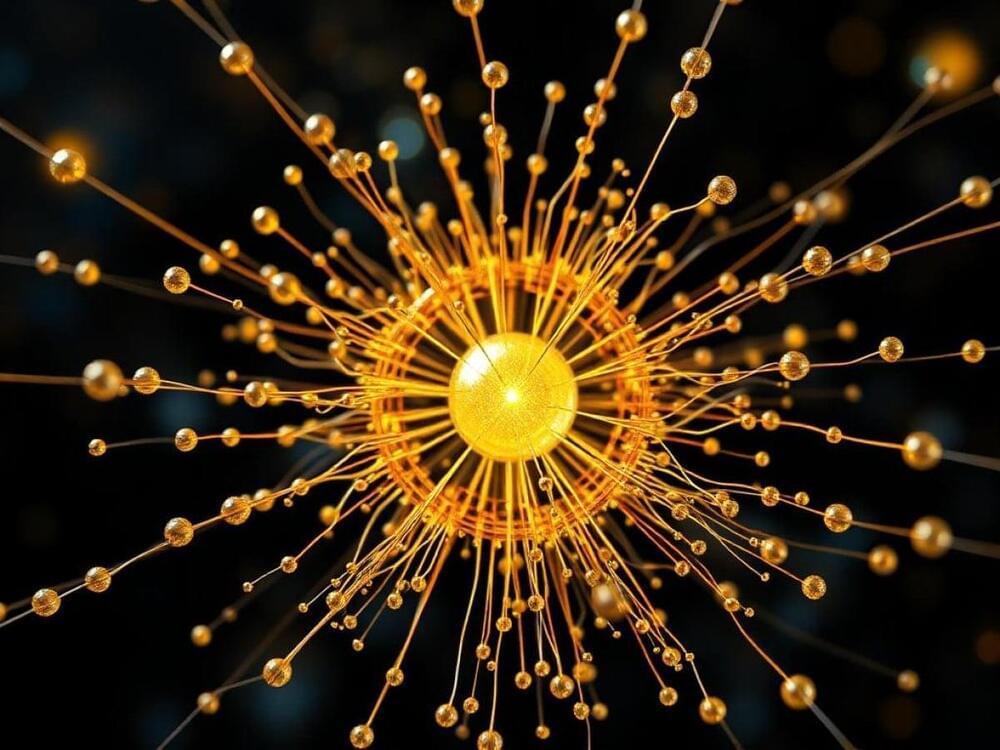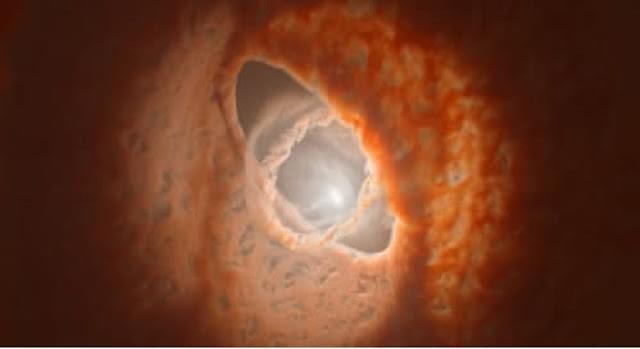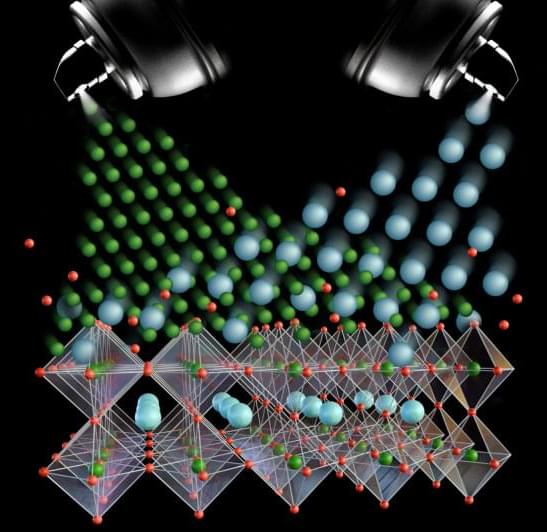Competitive interactions modify the direct effects of climate.
As the climate is changing, species respond by changing their distributions and abundances. The effects of climate are not only direct, but also occur via changes in biotic interactions, such as competition. Yet, the role of competition in mediating the effects of climate is still largely unclear. To examine how climate influences species performance, directly and via competition with other species, we transplanted two moss species differing in climate niches, alone and together at 59 sites along a climate gradient. Growth was monitored over three growing seasons. In the absence of competition, both species performed better under warmer conditions. Yet, when transplanted together, a warmer climate had negative effects on the northern moss, while the effects remained positive for the southern species. The negative effect of a cold climate on the southern species was larger when both species were transplanted together. Over three growing seasons, the southern species almost outcompeted the northern in warmer climates. Our results illustrate how competitive interactions can modify, and even reverse, the direct effects of climate on organism performance. A broader implication of our results is that species interactions can have important effects on how environmental and climate change influence performance and abundance.


